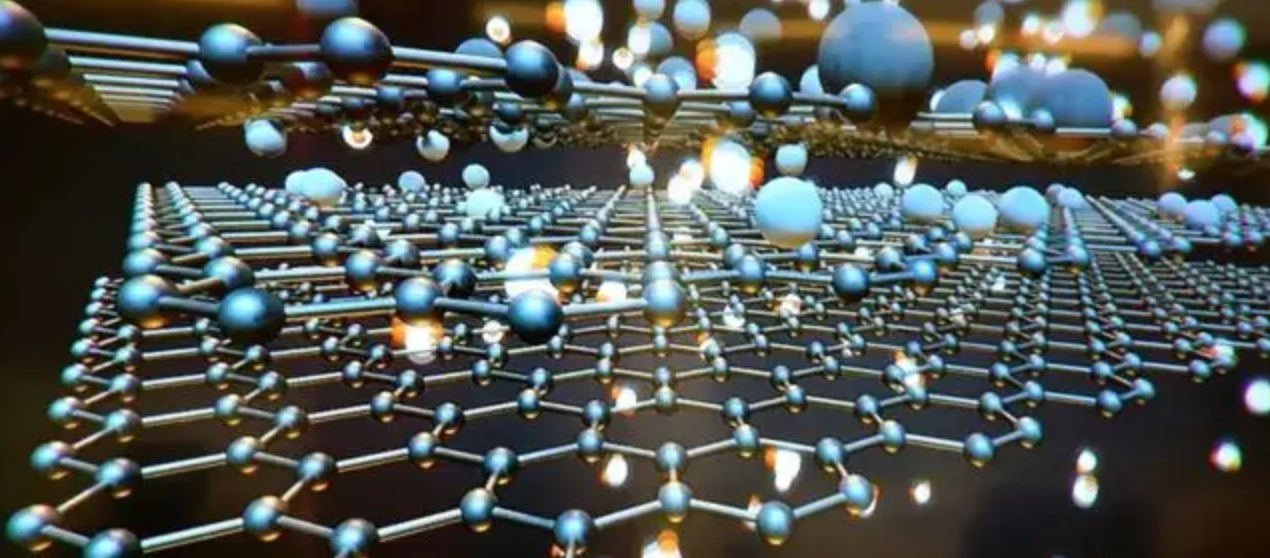
Today, more and more life products are marked with advanced nanomaterials to enhance product performance, and even develop unprecedented new functions. So are these products using nanomaterials really as advertised? Are nanomaterials really that magical?
Today, let's talk about nanomaterials.
|What are nanomaterials?
First, what is nano? It's actually a unit of length, with 1 nanometer ( nm ) equal to one billionth of a meter , roughly equivalent to the length of 10 hydrogen atoms arranged together. It is about one ten thousandth of the diameter of a human hair.
It is generally believed that materials with a dimension less than 100 nm in three-dimensional space can be called nanomaterials. The processes and methods related to the preparation, processing and application of nanomaterials are collectively referred to as nanotechnology.
Since the first discovery of the nano world by scanning tunneling microscopes in the 1980s, nanotechnology and nanomaterials have developed rapidly in the following decades and have emerged in various fields.
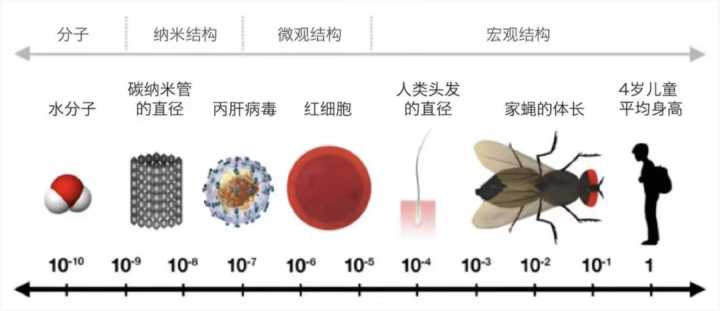
Nanomaterials refer to materials composed of nanoscale (1-100nm) crystalline or amorphous ultrafine particles as basic structural units. Due to the movement of positrons and negative electrons on the surface of nanomaterials, as well as the dislocations and slips of the crystal structure, four kinds of effects, which are completely absent from macroscopic materials, usually occur, namely small size effect, quantum effect, surface effect and boundary effect. There are different classification methods for nanomaterials according to different classification basis.
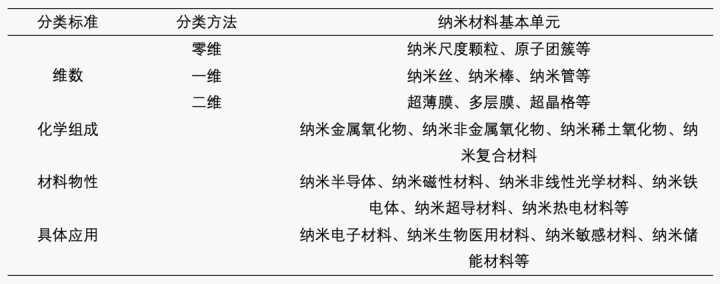
In everyday life, nanomaterials are very common, but we may not realize their special identity. For example, proteins have many nano-pores, and the bones and teeth of organisms have nano-structures. Natural materials such as shells, insect carapaces, and corals are also composed of ordered nano-calcium carbonate particles, so they have unique mechanics. performance.
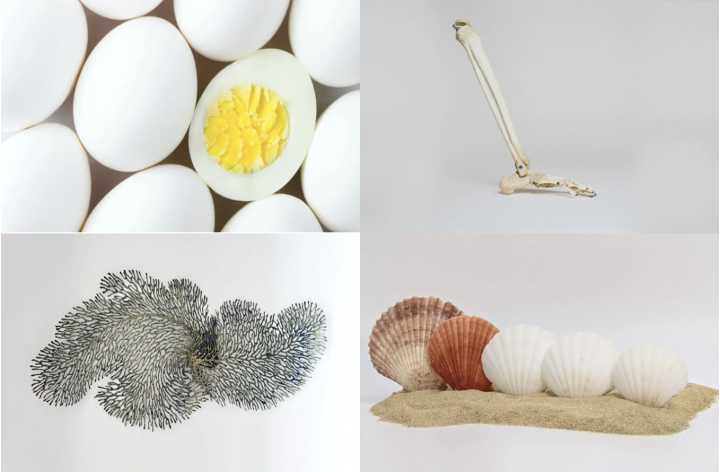
|Development status of nanomaterials and technology
Nanomaterials and technology have developed rapidly since the 1990s . Due to their broad application prospects in many fields, countries around the world are competing to formulate strategic plans to take nanotechnology research and development as a powerful driver for national technological innovation and development. As of 2009 , more than 60 countries have launched national nanotechnology programs.
In 2000 , the United States implemented the National Nano Initiative ( NNI ), which divided the development of domestic nanotechnology into four stages: passive nanostructures, active nanostructures, three-dimensional nanosystems, and molecular nanostructures. more than $ 4 billion. Japan has also designated nanomaterials and technology as one of the national priority development areas in a number of basic science and technology plans. Since the late 1980s , China has included "nanomaterials science" in the national climbing project, and has continuously increased investment in this field to promote the construction of talent teams.
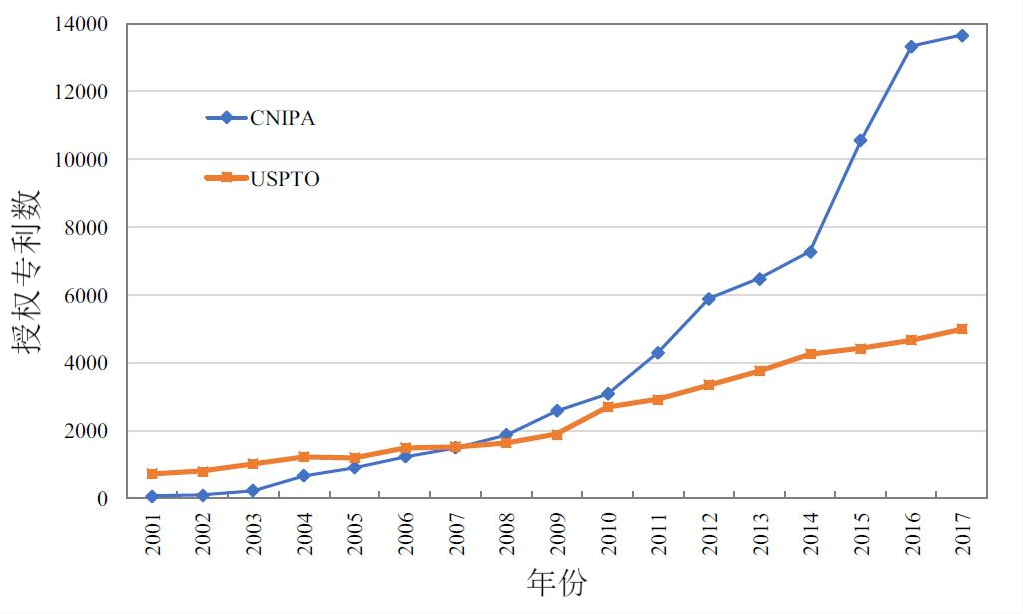
|Application of Nanomaterials and Technology
1. Decomposition and pollution reduction in the field of energy and environmental protection
At present, with the rapid development of the global economy and industry, the environmental pollution caused by toxic or refractory organic substances has become increasingly serious, which has become one of the problems that cannot be ignored in the world. Some studies have shown that the pn junction similar to the semiconductor composed of two different semiconductor nanomaterials can greatly improve the absorption capacity of visible light and accelerate the cracking of organic dyes.
For example NiO is a p-type semiconductor material and CdS is an n-type semiconductor. The CdS nanoparticles were attached to the surface of the NiO crystal plate, resulting in a change in the energy band structure, thereby generating more free electrons on the surface of CdS and more electron holes on the surface of NiO. The material is put into the dye sewage containing Congo red in the form of powder, and under the irradiation of visible light, the decomposition efficiency of organic pollutants can be greatly improved.

2. Biomedical field
Microbial infection is one of the difficult problems that scientists are trying to overcome today. The arrival of antibiotics has given hope, but the accompanying resistance has limited their use. Due to the excellent properties of nanomaterials, some researchers turn their attention to nanomaterials. In recent years, the antibacterial properties of nanomaterials have been applied. Compared with antibiotics, antibacterial nanoparticles have the advantages of low toxicity, overcoming drug resistance, and low cost. Recognized antimicrobial mechanisms include sharp edge-mediated cleavage, oxidative stress, and cellular retention. Various nanomaterials such as graphene, Ag, Ag2O, TiO2, ZnO, CuO, etc. have been used as antibacterial agents.
3. Transportation
In the field of transportation, the application of nanomaterials to different parts of the car body can save fuel and reduce the probability of traffic accidents to a certain extent. The nano-coating applied to the car body can play a self-cleaning function, and at the same time, it can also increase the corrosion resistance and friction resistance of the car body. In order to reduce the impact of dazzling car light reflected light on driving, ultra-reflective nano-thin layers can be coated on the surfaces of reflectors and headlights to help drivers see the road and vehicles clearly and reduce the probability of traffic accidents.
In order to reduce the fuel consumption of the car, nanocrystalline materials can be used to reduce the friction of the cylinder, and nanocomposite materials can be used to replace the heavy steel to reduce the weight of the car body. The application of these nanomaterials not only reduces fuel consumption but also benefits engine and body maintenance.
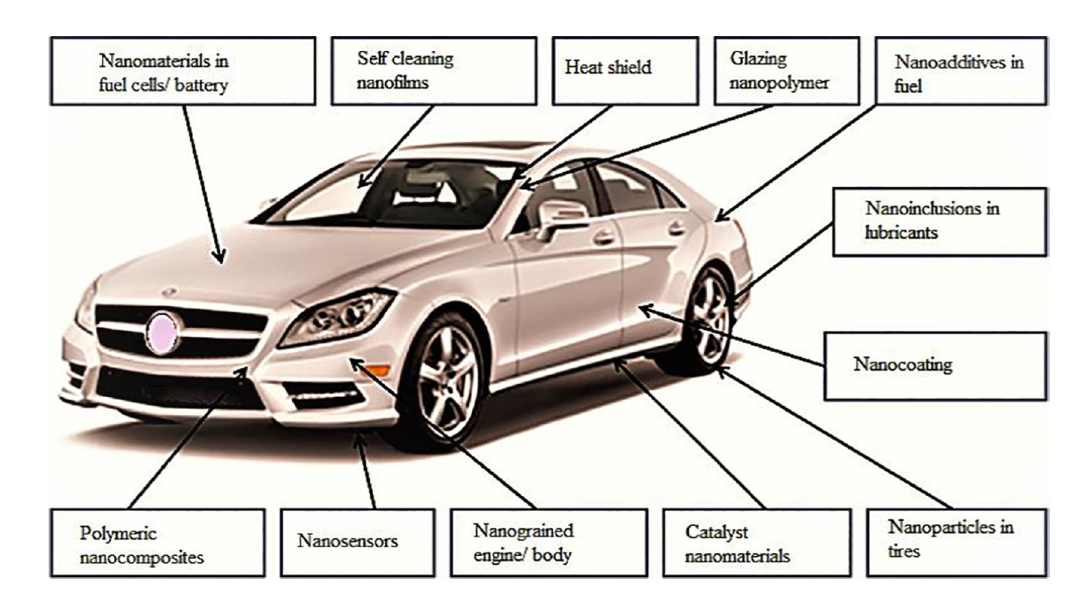
4. Military field
The development of nanomaterials and technologies contributes to the invention and manufacture of miniaturized, stealthy, and high-performance military weapons. Compared with traditional semiconductor integrated circuits, quantum devices manufactured by nanotechnology have the advantages of small size, light weight and high operating speed, which can greatly improve the information storage, transmission and processing capabilities of weapon equipment control systems. At the same time, due to the unique optical properties of nanomaterials, they are often used in the "stealth" of military weapons. As shown in Figure 6, the US B-2 stealth bomber uses super carbon black as a stealth coating, which not only has a 99% radar absorption rate, but also has the ability to change the direction of the transmitted beam.

|Future prospects
At present, in the field of new materials, nanomaterials are the most unique and dynamic, which are beneficial to the future economic and social development. The application of nanomaterials will provide high-tech support for the industrial layout of the national economy and the reform of traditional industries. This is a rare development opportunity. It is believed that with the development of nanotechnology, China's nanomaterials industry will gradually mature in the near future.





